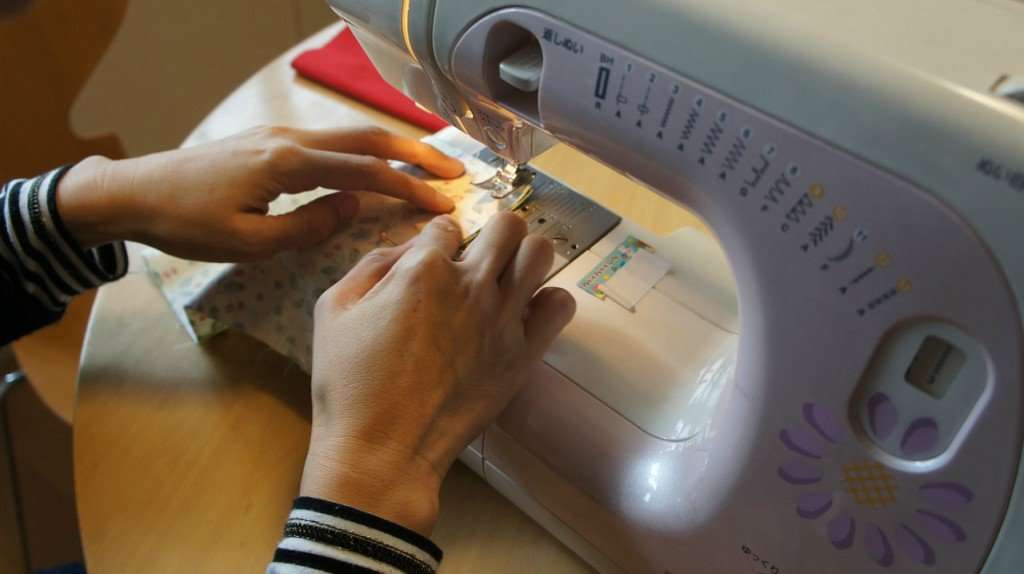Whether you’re a beginner at sewing or just planning on replacing your mother’s old sewing machine with a new one, the task of buying one can be mentally exhausting. It depends on your skill level as well as how much you’re willing to spend on it. While most beginners spend way too much on extra features and computerized machines, they only end up getting more confused, eventually ruining many projects, or even worse, giving up on their love for sewing.

5 Things to Consider when Buying a Sewing Machine
This basic buying guide is sure to help you shortlist a few sewing machines, keeping your skill level in mind.
1. Built in Needle Threader
A built in needle threader is a must have when you’re purchasing a new sewing machine. You’ll be doing yourself a huge favor if you get a machine with this feature. Since you’ll have to thread your machine multiple times during sewing, you want to save yourself some time by getting an automatic threader. No matter how great your eyesight and hand coordination is, threading your needle will always be a hassle, which is why this must be checked off your checklist.
Take a look at some of the best sewing machines here: http://sosewreviews.com/best-sewing-machine/
2. Top Leading Drop in Bobbin
One of the most common problem sewers come across is having to wind the bobbin manually, more so, running out of the bobbin thread without any warning. Today’s machines are loaded with extra features which fool you into believing that you need them. This is exactly when you need to do a cost benefit analysis of all the special features being provided, since every additional feature comes at a premium price. One feature you want your machine to have is a top leading drop in bobbin, which saves you the hassle of manually adjusting the bobbin casing and a transparent casing makes it easier to see when you’re running low on the bobbin thread.
3. Price
It goes without saying that price plays the most important role in any purchase decision. What features you’ll get, whether it’ll be a computerized or mechanical machine, or what size it’ll be, all depends on how much you’re willing to spend. How much should you spend on a sewing machine? An average machine will cost you around $150-200 to as much as $2000. High end machines are usually computerized and come with embroidery units, while mechanical machines will cost you less but require manual control.
If you’re a beginner, it is always smart to go for a good quality but inexpensive model that helps you in practicing well without fearing you’ll damage the machine. There are some good beginner sewing machines at sosewreviews.com.
4. Computerized vs Mechanical
As the name suggests, computerized machines operate on automatic functioning with LCD displays and buttons, while mechanical machines operate manually. But which one’s better? The answer to that lies in how skilled you are and how good you are with computers. While many people are good with computers, they tend to develop a comfort level with manual machines that they’re unable to form with automatic machines.
Computerized machines make basic tasks relatively easier without a doubt; however, they also cost you more. If you’ve mastered sewing and want to go a step forward, you can bring in a computerized machine that lets you make embroidered designs on fabrics you stitch. Manual machines, however, are always a safe bet for beginners.
5. Attachments and Feet
While some machines may cost you a fortune, they include all the attachments and feet you might need. Other machines come with attachable feet, you can purchase depending on your need. If you’re planning on sewing garments only, you will be needing a zipper foot, a buttonhole stitching foot and an overcast foot, while those of you, who stitch quilts on their machines would require a walking and spring action foot along with a 1/4″ foot.
Really like the post. I liked the option of buying Janome marvela. It has 7 in built stitches which is more than enough for beginners. The applications are really beneficial.